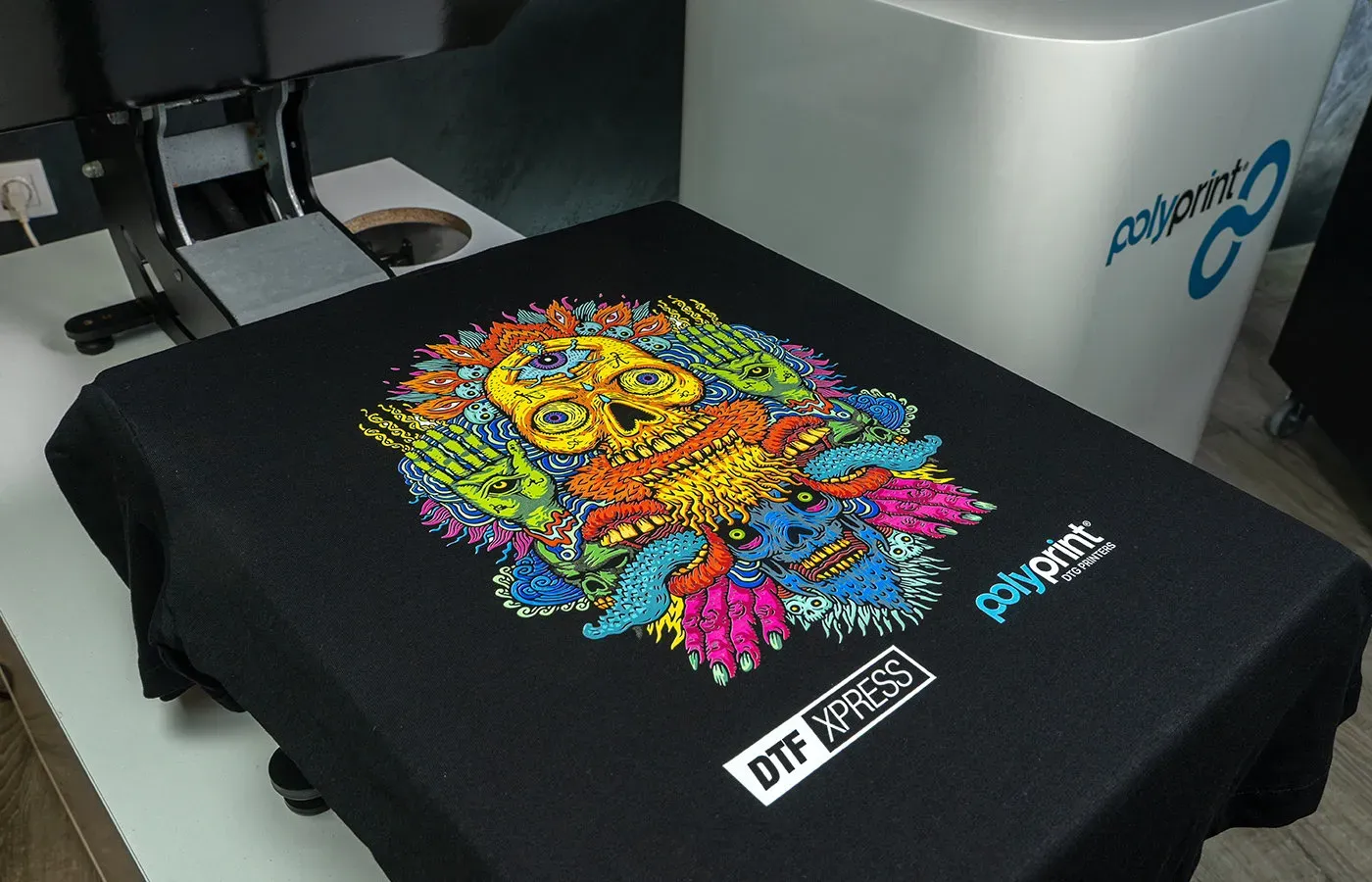DTF printing, or Direct-to-Film printing, is revolutionizing the way we create custom apparel while adhering to eco-friendly principles. As the demand for sustainable garment printing increases, DTF technology has emerged as a frontrunner, allowing for high-quality designs without compromising the environment. This innovative printing method utilizes water-based inks, drastically reducing waste and environmental impact compared to traditional printing methods. By catering to the growing consumer preference for personalized and sustainable products, DTF printing stands out as a viable option for textile manufacturers pushing towards greener production practices. In this article, we will explore the benefits of DTF printing and how it plays a crucial role in the future of responsible fashion.
Known for its efficiency and ecological advantages, Direct-to-Film printing is gaining attention as a superior solution in the realm of fabric decoration. This advanced printing approach not only supports sustainable garment printing but also opens the door for unique and custom apparel designs that resonate with environmentally conscious consumers. As industries move toward greener alternatives, printing methods like DTF offer a blend of innovation and responsibility, making them an attractive choice for brands aiming to minimize their ecological footprint. In this discussion, we will delve into the workings of DTF technology and its impact on the landscape of eco-friendly fashion.
Understanding DTF Technology
Direct-to-Film (DTF) technology is a breakthrough in textile printing that leverages water-based inks to produce vibrant and durable designs. Unlike traditional techniques that may involve harmful chemical processes, DTF relies on a more sustainable method which is not only efficient but also eco-friendly. By printing graphics on a special film and then transferring them to fabric with heat, DTF minimizes resource consumption while maximizing design possibilities. This versatility allows for a broader range of custom apparel options compared to other printing methods, making it an attractive choice for businesses looking to enhance their product offerings.
Moreover, DTF technology simplifies the printing process. It eliminates many of the complexities associated with other methods, such as screen printing, which can require multiple screens and setups. This straightforward bi-phase method of printing on film followed by heat transfer means that brands can easily provide customized prints with quicker turnaround times. With the ever-growing demand for personalized clothing, DTF technology is revolutionizing how custom designs are created in fashion.
Frequently Asked Questions
What is DTF Printing and how does it work?
DTF Printing, or Direct-to-Film printing, is a modern technique that involves printing graphics onto a specialized transfer film using water-based inks. The printed film is then cured and transferred onto various textiles using heat and pressure, offering a versatile and eco-friendly printing method for custom apparel.
Is DTF Printing an eco-friendly printing method?
Yes, DTF Printing is considered an eco-friendly printing method because it uses water-based inks that minimize environmental impact. This sustainable garment printing technique reduces water consumption and eliminates the use of harmful chemical dyes, supporting environmentally responsible manufacturing practices.
What are the benefits of using DTF technology for custom apparel?
The benefits of using DTF technology for custom apparel include reduced waste through on-demand printing, less energy consumption during production, and the availability of biodegradable inks. These factors make DTF printing a sustainable choice for eco-conscious brands and consumers.
How does DTF Printing differ from traditional printing methods?
DTF Printing differs from traditional methods like screen printing and DTG printing in its application process. While screen printing often requires large batches and chemical dyes, DTF operates on a shorter run basis, using water-based inks and a heat transfer method, resulting in less waste and a lower carbon footprint.
Can DTF Printing handle complex designs and vibrant colors?
Yes, DTF Printing excels at handling complex designs and vibrant colors. The high-quality printing process accurately captures intricate details and color gradients, making it an ideal choice for custom designs in apparel while maintaining sustainable practices.
What challenges can arise when adopting DTF Printing?
Challenges in adopting DTF Printing may include initial equipment setup costs and the need for staff training to ensure consistent print quality. However, with the right training and financial planning, the long-term benefits of reduced waste and improved efficiency can outweigh these initial challenges.
| Feature | Description |
|---|---|
| What is DTF Printing? | A modern printing technique that transfers graphics onto textiles using heat and pressure. |
| Eco-Friendly Processes | Uses water-based inks, minimizing water usage and pollution compared to traditional methods. |
| Innovative Ink Composition | Biodegradable inks reduce harmful emissions and enhance garment biodegradability. |
| Reduction of Waste | Allows for short-run printing to minimize fabric waste and overproduction. |
| Market Adoption and Growth | Expected growth of over 10% annually as brands pursue sustainable practices. |
| How DTF Printing Works | Involves designing, printing on film, curing, and transferring graphics to garments. |
| Consumer Engagement and Sustainability | Appeals to eco-conscious consumers, fostering brand loyalty with sustainable messaging. |
| Challenges | Initial investment and quality control may pose challenges for businesses adopting DTF. |
Summary
DTF Printing is an innovative and eco-friendly technique that aligns with the increasing consumer demand for sustainability in fashion. As it focuses on reducing environmental impact through water-based inks and efficient waste management, DTF Printing is transforming the custom design landscape. The growth of the DTF market reflects a commitment to responsible manufacturing practices while meeting the desires of environmentally conscious consumers. Ultimately, the benefits of DTF Printing make it a crucial player in redefining fashion production towards a more sustainable future.



